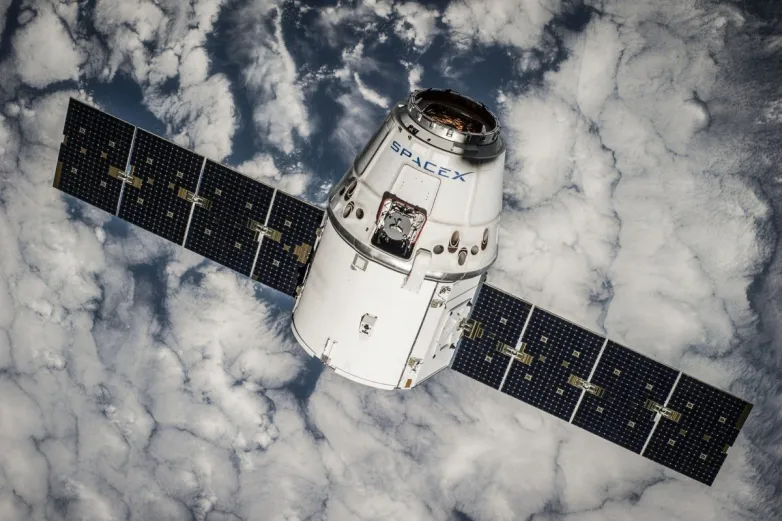Novel method to simulate performance of a cell with up to 5 junctions
- Italian scientific team has developed a new method combining the Hovel model with SMM. The novel approach allows describing electromagnetic radiation in a PV cell more accurately, considering interference effects. The device under examination is based on Ge, InGaAs and InGaP. The corresponding anti-reflection coating can make a cell with 3-5 junctions 50-percent efficient.

The newly developed method bases on a mixture of Hovel method with SMM. The former is applied for assessment of cell electrical characteristics, however it is unsuitable for interference effect detection. The latter is most widely used to simulate the way a multi-junction solar cell would perform.
The scattering-matrix method is usually utilized for solution of equations of Maxwell that are used for development of math models for electricity generation as well as radio and optical techs. The transfer-matrix method calculates propagation of electromagnetic waves in PV devices more precisely than the analytical drift-diffusion model. However, the former is much more complicated.
Having combined the precise transfer-matrix with the simple Hovel method, the explorers have succeeded in analyzing the electromagnetic radiation in a photovoltaic device without compromising the numerical stability that tends to decrease when MJ cells become too thick.
At first, the innovative model was tested on a cell with three junctions. The method allowed both solving continuity equations in a simple way and keeping analysis of electromagnetic radiation in the cell structure accurate. It was possible because interference effects were considered.
Then, the model has been tried on a solar device with four junctions, including a layer of 100-micrometer thickness. While simulating the cell performance, neither shunt nor series resistance has been taken into consideration for IV profile. It is claimed that, if properly coated, a quadruple-junction cell can reach conversion efficiency of 50 percent.
Also read
- UbiQD Secures Landmark Quantum Dot Deal with First Solar
- Astronergy Invests $53M in Tandem Solar Cell Project
- ARENA Unveils $39M Solar Innovation Funding Round
- CNNP Optoelectronics brings utility-scale perovskite modules out of the lab
- Low-Temperature Sequential Deposition Lifts Inverted Perovskite Solar Cells Efficiency Record
